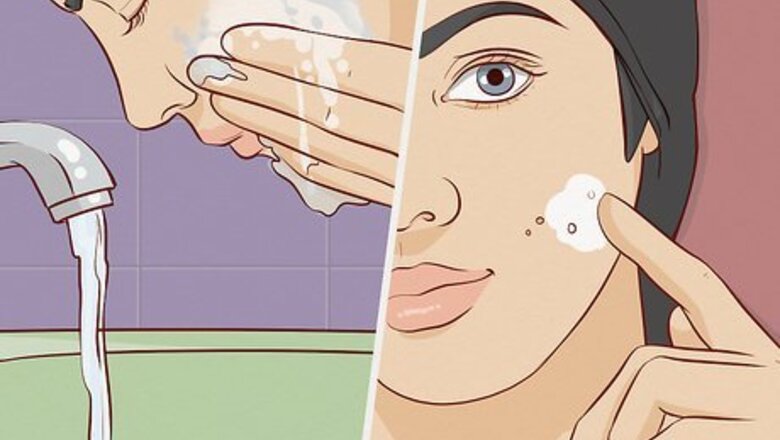
views
Minimizing Irritations
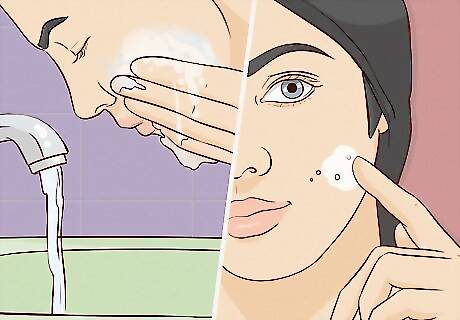
Wash and moisturize. Be sure to wash your face immediately after the procedure. This will remove any crystals left over on your face. Wash, and then pat dry. Be sure to keep the skin moisturized, as well, throughout day. Use a rich moisturizer on your face for about 4 to 6 days to prevent excess peeling.
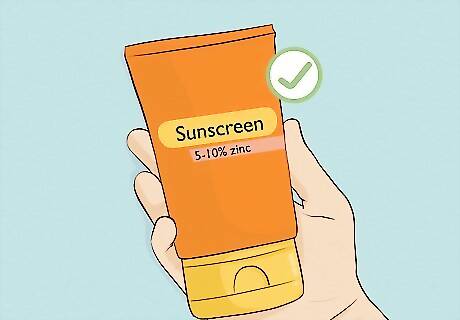
Avoid direct sunlight if you can. Apply sunscreen about every three hours until your skin is healed. Also wear a hat and sunglasses when you go outside. Use moisturizer with SPF or 30 or more to better protect your skin from the sun. Look for sunscreen with 5-10% zinc or titanium or 3% mexoryl. Consult your dermatologist for additional sunscreen recommendations. Continue caring for your skin after you’re healed. Always wear moisturizer with SPF. Continue wearing sunscreen, a hat and sunglasses when you’re in direct sunlight. Test the sunscreen first on your skin for allergic reactions. You may want to opt for a formula for sensitive skin, as well, which you should also test beforehand.

Wait 24 hours before doing any strenuous activities. Resume your regular routine, but avoid doing a lot of exercise the day after your microdermabrasion. Give your body this time to heal. Also avoid swimming in chlorinated pools for a few days after your treatment because the chlorine is very drying.
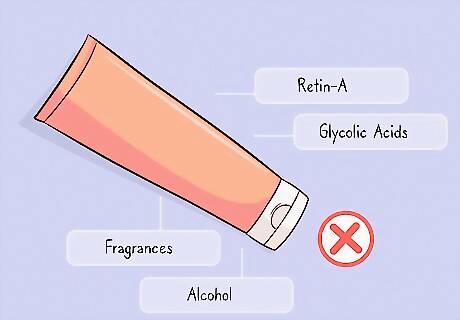
Avoid beauty routines that might irritate your skin. Wait at least a week before waxing any areas that were treated. Check the ingredients in your skincare products for Retin-A, glycolic acids, fragrances, and/or a high alcohol content. Don’t use products with any of those ingredients for at least two days following your procedure. Avoid using any harsh chemicals for one week. You should also avoid facial makeup for 2 to 3 days. Eye and lip makeup may be fine, but don’t use foundation and powder. Don’t tan for at least one week, as well.
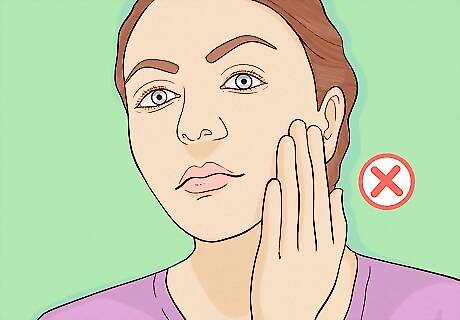
Don’t touch your treated skin. Keep your hands away from your sensitive, treated skin so it doesn’t become more irritated by the oils and bacteria on your hands. Wash your hands well before applying moisturizer or sunscreen to minimize those oils and bacteria. Also avoid scratching and picking at your skin.

Wait at least a week between treatments. Give your skin time to recover after your treatment. Go ahead and schedule multiple treatments, but keep them at least a week apart. After your first few treatments, you might change to a less frequent regimen.

Eat and drink healthfully. After your procedure, eat plenty of fruit and vegetables and drink plenty of water. This will help keep you hydrated and your skin moisturized. Be sure to avoid sweating, too.
Soothing Your Skin

Apply your SPF moisturizer often. Use it at least morning and night. Moisturize well before applying any makeup after your treatment so the moisturizer can buffer the makeup. Ask your doctor if you aren’t sure which moisturizer will be best for your skin after the treatment. Drink plenty of water. Like moisturizer, drinking water will also keep your skin hydrated.
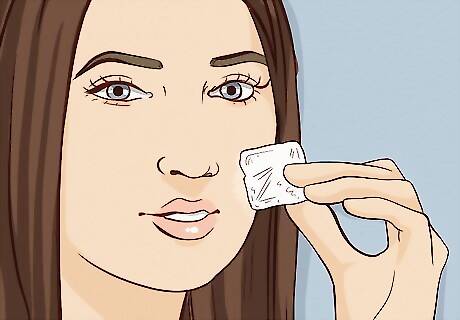
Cool your skin down. After the treatment, your face might feel like it has sunburn or windburn. Splash your face with cold water to make it feel better. Also try applying an ice pack or rubbing an ice cube on your face. Use the cold water and/or ice as often as you need to soothe your face. You may feel like you’ve gotten sun- or windburn on your face for about 24 hours after the procedure. This is normal.
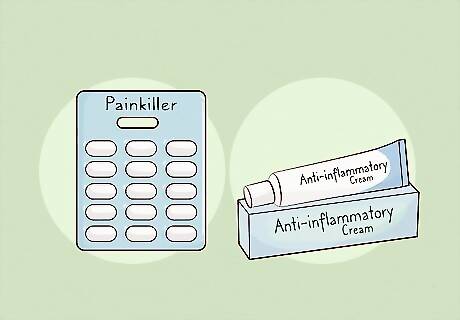
Ask your dermatologist about painkillers and anti-inflammatory creams. Only use these products if your doctor okays them. Follow the dosing directions closely for both especially so they don’t cause extra redness or little red bumps (petechiae). Wash your face with a very gentle cleanser before applying anti-inflammatory cream.
Seeking Medical Care
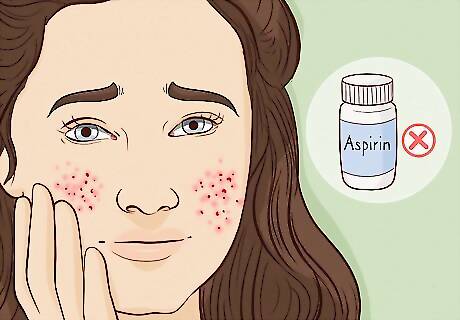
Contact your doctor if you have any bleeding. Look out for petechiae (little red bumps), which can indicate bleeding under the surface of your skin. Check for purpura (purplish discolored spots that don’t turn white when you press on them), which are hemorrhages under your skin. Call your doctor if you have petechiae or purpura. Avoid taking aspirin to help with your discomfort. Aspirin can cause petechiae or purpura or make them worse.
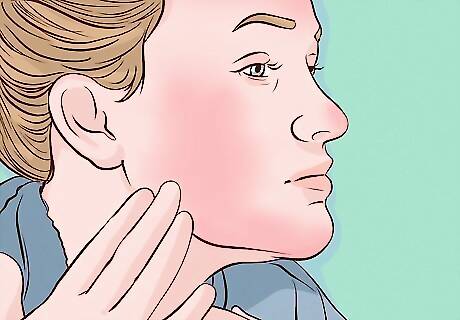
Monitor your recovery. Note any changes to your skin, like redness or swelling. Keep track of how long the redness or swelling lasts. Call your doctor if they last longer than three days. Also call if the redness or swelling start two or three days after your procedure, when you should be almost fully recovered.
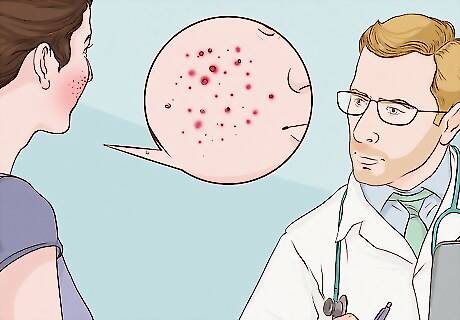
Consult your doctor if you’re experiencing pain. Ask your doctor about any long-lasting or extreme pain. Also call if you’re continuing to experience unusual irritation after three days. Be ready to describe your symptoms and any activities that might have caused the pain or irritation. This way your doctor can best advise you.


















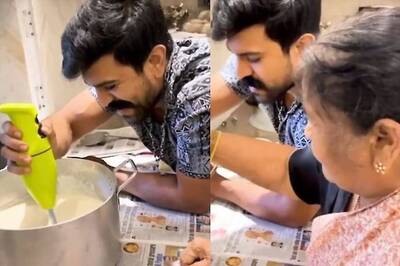

Comments
0 comment